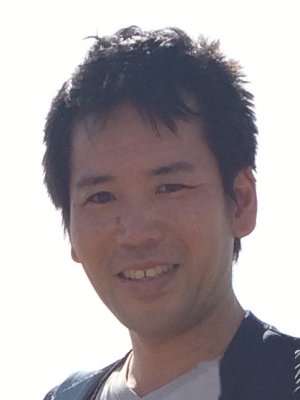Faculty
Hiroto Shoji
Majour research activity
 Mathematical Biology, Computational Anatomy, Mathematical Modeling, Numerical Analysis, Reaction-diffusion Systems
Mathematical Biology, Computational Anatomy, Mathematical Modeling, Numerical Analysis, Reaction-diffusion Systems
Our research group focuses on pattern formations in biological systems using both theoretical and experimental approaches. For example, we analyze morphological changes of three-dimensional micro-conformation in liver during the liver-disease by the quantification of 3D morphology, to reveal the mechanism to self-organize and reproduce the 3D micro patterns. We also study the morphology in the mathematical models by the numerical analysis. These combinations bring about the further understandings of the relations between morphology and their functions.
For the last decade, we have also performed the several studies as follows:
1. 3D periodic patterns obtained by reaction-diffusion systems
2. Behavior analysis of free walking mice
3. A reaction-diffusion algorithm for pattern segmentation
Major relevant publications
- H. Shoji, Scaling law in free walking of mice in circular open fields of various diameters, Journal of Biological Physics, 42: 259-270 (2016).
- H. Shoji, A reaction-diffusion algorithm for segmentation of confocal laser scanning microscope images, Forma 31, 23-25 (2016).
- H. Shoji, S. Sakuma, H. Hontani, K. Akahoshi, A. Kudoh, Three-dimensional periodic network patterns of microstructures in rat liver from a view of fractal analysis, RIMS Kokyuroku 1994, 94-100 (2016).
- H. Shoji, and T. Ohta, Computer simulations of three-dimensional Turing patterns in the Lengyel-Epstein model, Physical Review E91, 032913 (2015).
- H. Shoji, Y. Nakatomi, C. Yokoyama, K. Fukui, K. Hanai, New index based on the physical separation of motion into three categories for characterizing the effect of cocaine in mice, Journal of Theoretical Biology 333 68-77 (2013).



